Teaching Important Issues with AI-Generated Art
AI-generated art has ended up extremely well known as of late. Its employments fake understandings to make pictures, descriptions and other kinds of Art. Gadgets like DALL·E, Profound art and Artbreeder certificate anybody to make art without being a talented arts man. With fair a few informative and AI can create wonderful special pieces of art. Whereas this is energizing and it increases authoritative questions. Who possesses the rights to AI art? Is it reasonable for AI to duplicate human artists’ styles? These issues require to be tended to as AI develops in the art world. It’s energetic to conversation almost these concerns to guarantee AI is utilized decently and respectfully.
What is AI-Generated Art?
AI-generated art is art made by fake understandings instep of human arts men. Utilizing progressed calculations, especially neural systems. AI learns from infinite collections of existing art to create unused and special pictures. These systems recognize designs in shapes, colours, surfaces and styles, at that point combine them to make unique pieces of art. Stages like DALL·E certification clients to create pictures from content depictions such as a cat wearing a space suit. Whereas Deep Art changes photographs into work of art in the fashion of celebrated specialists like Van Gogh or Picasso. Artbreeder empowers clients to blend and change pictures to make completely modern graphics. These AI tools make it less demanding for anybody, indeed without creative skills to investigate creativity and create amazing work of art. Growing the believable outcomes for original expression through technology.
The Ethical Issues in AI-Generated Art

AI-generated art increases a few Ethical moral concerns. These include issues related to copyright, paganization and attribution.
Copyright Concerns
- AI makes art by learning from existing works of art.
- The address emerges: Who claims the rights to the AI-generated art?
- Is it the individual who made the AI tool?
- the individual who utilized the AI to make the art?
- There are no clear answers to these questions and making copyright a complicated issue.
Plagiarism
- AI can duplicate an artist’s fashion or techniques.
- This might lead to art that looks as well comparative to existing pieces.
- If AI-created art is sold or appeared as unique it may deceive individuals into considering it was made by a human artist.
Attribution
- Who should to get credit for AI-generated art?
- Should it be the AI apparatus itself and the client, or the makers of the AI platform?
- Proper attribution is fundamental to guarantee reasonableness and respect for all those included in making and utilizing AI-generated art.
Impact on Traditional Artists
AI-generated art looks influence traditional specialists in a few ways. One concern is work uprooting. AI can make art quickly and cheaply and which strength lead to less professions for human artists. Another issue is how AI art seem influence the approval of conventional art. With AI making art quick. The showcase strength be overflowed with cheap art. This strength makes hand-made art less profitable, as it takes more time and skill. There are moreover distinctive suppositions around AI art. A few accept AI makes a difference individuals without creative abilities make modern art. Others feel AI can’t succeed the feeling and originality in art made by people. They think conventional craftsmanship has an uncommon suggestion that AI cannot match.
AI and Creativity: Can AI Be Truly Creative?

There is an argument about around whether AI can be really inventive. A few accept AI can’t make art with genuine feeling or meaning. Whereas others think it can bring unused creative possibilities.
Can AI Create Original and Emotional Art?
- AI makes art by learning from designs in existing works.
- It doesn’t have sentiments and individual experiences.
- Critics say AI art needs the profundity and passionate association of human art.
Differences Between AI and Human Creativity
- Human imagination: People utilize feelings, encounters and instinctual to direct their art. This makes art that is different and expressive.
- AI imagination: AI takes after designs and informative. It doesn’t feel or meeting things.
- AI can make noteworthy art and but it needs the passionate understanding and different touch of human-made art.
AI in Art Education
Table that shows how AI is used in art education students’ strength face:
|
|
||||||
|
|
||||||
|
Students must learn about copyright and plagiarism. AI affects traditional art.
|
Legal and Commercial Concerns
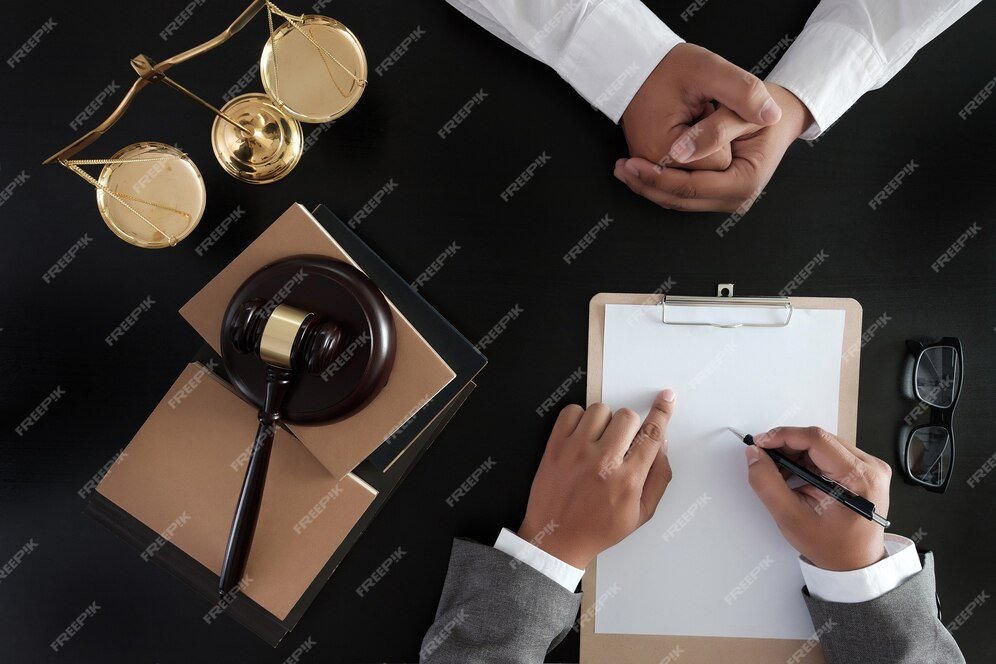
AI-generated art increases real issues particularly almost possession and copyright. One issue is who claims the art: the maker of the AI or the client? Copyright is moreover hazy. AI learns from existing art, which might break copyright laws. There are no clear rules for offering AI art. causing debate over proprietary and profits. AI art can influence the craftsmanship advertise. AI makes a parcel of art quickly, which seem surge the showcase with cheap pieces. This might lower the approval of conventional art. Copyright laws may require to change to address AI craftsmanship. For case, in 2018, an AI portray sold for $432,500, raising possession questions. In 2021, the U.S. Copyright Office denied copyright for AI craftsmanship, expressing as it where people can claim copyright. These issues appear the require for clearer laws.
Future of AI in Art
The future of AI in art is extremely promising. AI innovation will progress and make nittier gritty and inventive art. Art men will utilize AI in unused ways to investigate individual styles. The infamy of AI-generated art is expected to develop. AI can work with conventional art shapes like portray and photography. It can offer assistance specialists come up with thoughts or make advanced adaptations of their work. AI can moreover handle boring errands and giving specialists more time for imagination. In the future, AI may make unused sorts of art by blending computerized and physical styles. People and AI may moreover collaborate to make one-of-a-kind art. These collaborations might lead to intelligently art that changes over time. As AI develops, it will bring energizing openings for craftsmen and groups of onlookers alike.
Conclusion
AI-generated art brings up a few critical issues, counting who possesses the art. Whether it duplicates existing work and how it might influence conventional art men. These concerns require to be tended to as AI proceeds to develop and play a greater part in the craftsmanship world. It’s pivotal that we think almost these issues presently to dodge confusion and out of line hones in the future. To guarantee reasonableness and regard for all included, clear rules and rules are required. At the same time, we must discover a way to grasp AI in art without losing the special qualities that human imagination and feeling bring to the process.
Share this content:

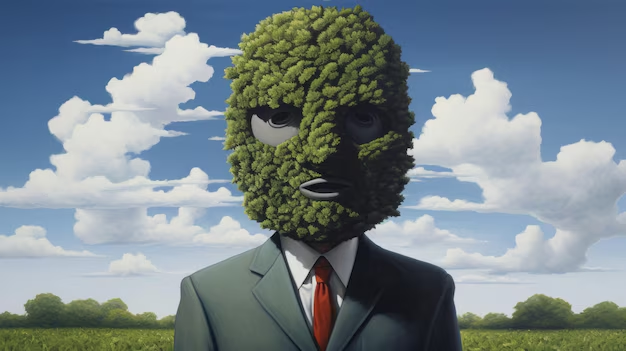




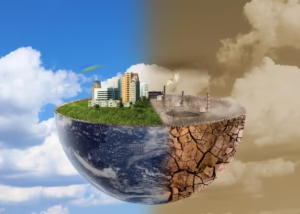


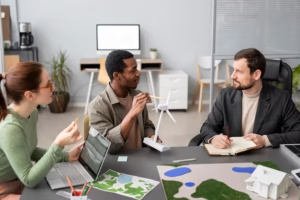
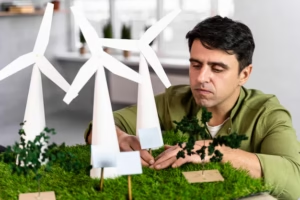

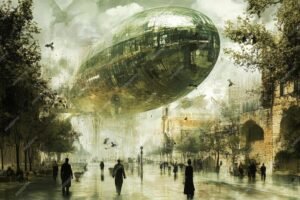
1 comment